The Apple iPhone 6s and iPhone 6s Plus Review
by Ryan Smith & Joshua Ho on November 2, 2015 8:00 AM EST- Posted in
- Smartphones
- Apple
- Mobile
- SoCs
- iPhone 6s
- iPhone 6s Plus
Display
In pretty much any smartphone, displays are going to be one of the most important aspects of the user experience. If a display is dim or has a highly reflective display it will be unreadable outdoors. If the contrast is low, the display can become difficult to read and not particularly appealing to the eye. Other issues like lack of color stability and contrast stability with changes in viewing angles will be much more noticeable than on something like a laptop or desktop where the monitor is usually kept at a constant position in space relative to the eye. In order to evaluate these factors we use both relative comparisons and absolute measurements. Although the human eye is sufficient for relative comparison, for absolute measurements we use X-Rite’s i1Pro2 spectrophotometer for precise color and luminance measurements, along with X-Rite’s i1Display Pro colorimeter for accurate contrast figures. Hardware alone is insufficient for collecting and presenting data, so we also use SpectraCal’s CalMAN 5 with a custom workflow, which allows for collecting and presenting data in a readable manner.
In the case of the iPhone 6s and iPhone 6s Plus, the display appears to be effectively unchanged from the iPhone 6 and iPhone 6 Plus. The iPhone 6s retains the 1334x750 resolution of the previous variant, and the iPhone 6s Plus has the same 1080p resolution as well. Apple continues to use the same M2 scaler as well, which means that although the display’s physical resolution is 1080p Apple is actually rendering the display at 2208x1242 and scaling it to fit the display. The resolution of the iPhone 6s is on the low side relative to most Android devices, which is noticeable but the pixel density is sufficient to avoid any obvious problems here.
As with the iPhone 6, both the iPhone 6s and 6s Plus use dual domain pixels, which make the subpixels look more like chevrons under a microscope. This improves viewing angles by reducing the amount of color shifting that occurs when the display viewing angle is changed. As far as I can tell, Apple continues to be one of the few OEMs that pulls this off effectively. Although contrast and luminance aren’t perfectly consistent with changes in viewing angles, it basically looks like the display is painted underneath the glass. The iPhone 6s Plus does a better job at pulling off this illusion as the higher pixel density helps to eliminate some of the fuzziness or pixilation that might otherwise occur. Samsung gets close here, but for whatever reason ambient light causes noticeable interference effects and in general there’s noticeable color shift when moving the display around. Weirdly enough, the OEM that seems to be doing the best job here continues to be HTC with the One M9+.

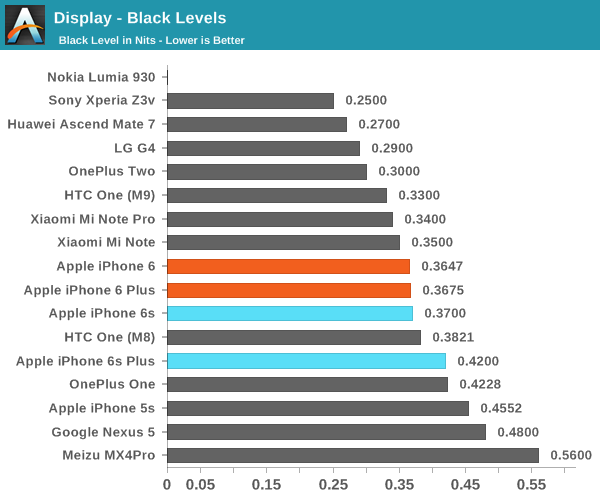
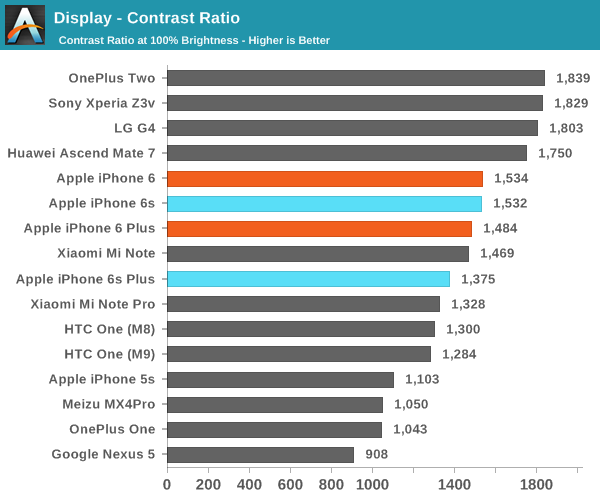
Moving on to our usual brightness and contrast testing, it looks like Apple has improved the maximum brightness of their displays with the use of the new LED backlight driver, but it’s important to note that in the case of the iPhone 6s, the maximum brightness isn’t constant. The behavior is relatively subtle, but with iOS 9 at maximum brightness the display brightness steadily lowers over the course of an hour by about 10 nits maximum. It looks like this effect tails off in both the rate of luminance decrease and overall luminance decrease as peak brightness approaches 500 nits, where the effect appears to be non-existent. It’s likely that this behavior is designed to reduce the battery impact of keeping the display at maximum brightness in all situations. Either way, peak luminance is high enough that it isn’t a struggle to read the display outdoors and contrast in low-light conditions also remains high due to the use of photo-alignment in the liquid crystal layer which helps to make the liquid crystals stay in the right shape.
iPhone 6s
iPhone 6s Plus

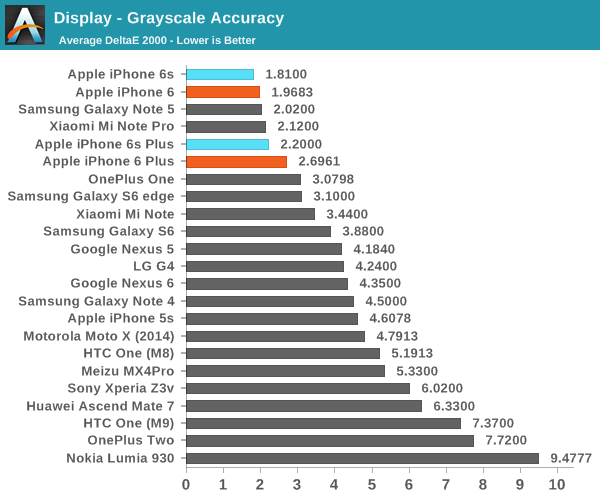
In grayscale, we don’t quite see the near-perfect white balance we saw last year but gamma remains almost impeccable when compared to the industry standard power 2.2 gamma. I suspect that the units we received this time are closer to the mean for white balance compared to last year, as in general due to the blue LED backlights used in most LCDs a colder color balance will generally require less power to display than a warmer one.
iPhone 6s
iPhone 6s Plus

In our saturation sweep testing, the iPhone 6s and 6s Plus both continue to track closely to expected values for sRGB, which is the current industry standard color gamut. I don’t really have any criticism here. The previous iPhone’s displays were of similar caliber, so this is pretty much par for the course if you’re used to iPhone displays.
iPhone 6s
iPhone 6s Plus
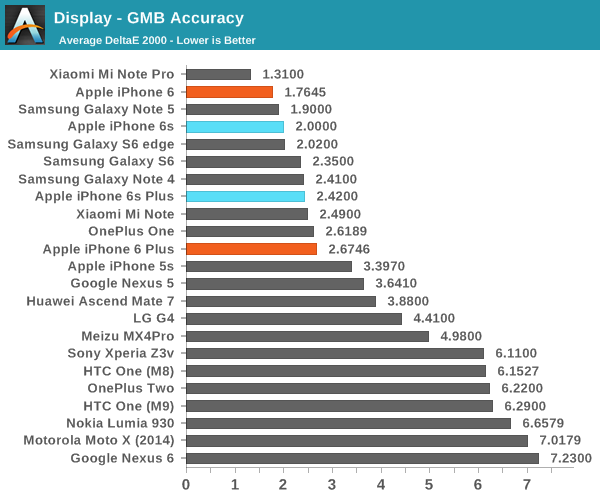
Similarly in the GMB ColorChecker, the iPhone 6s and 6s Plus both pass with flying colors. If you’re using an iPhone 6s or 6s Plus for any remotely color-critical work like viewing and/or editing photos and videos, it’s a pretty fair bet that you’ll be able to rely on these phones to provide an accurate color reproduction in pretty much any condition. Samsung does provide better contrast and the possibility of extra color saturation with their Galaxy S6 and Note 5, but this comes at the cost of potential for burn-in, increased power consumption in certain scenarios, and increased distortion with changes in viewing angles. I think this means that it basically comes out to a wash, but depending upon personal taste one may prove to be better than another.



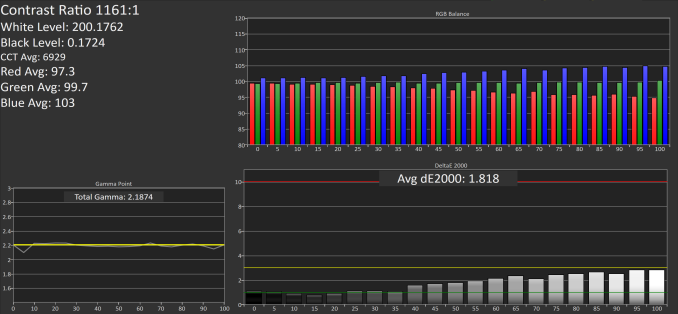
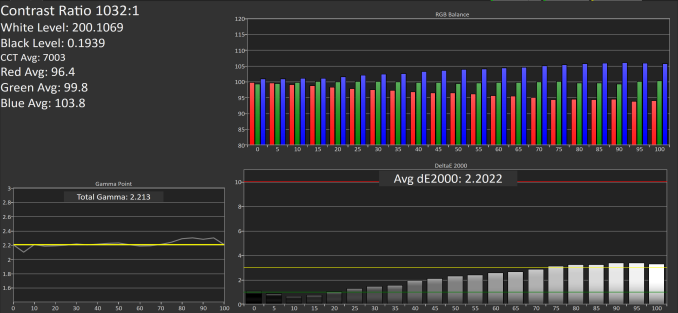
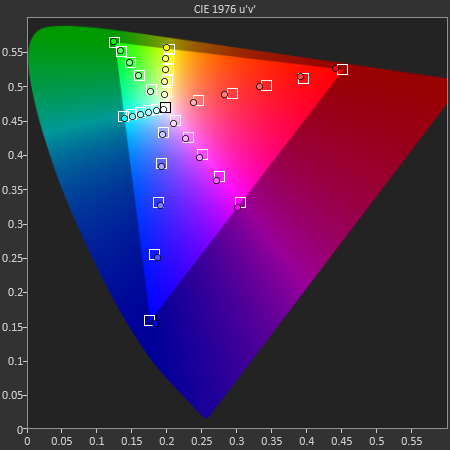
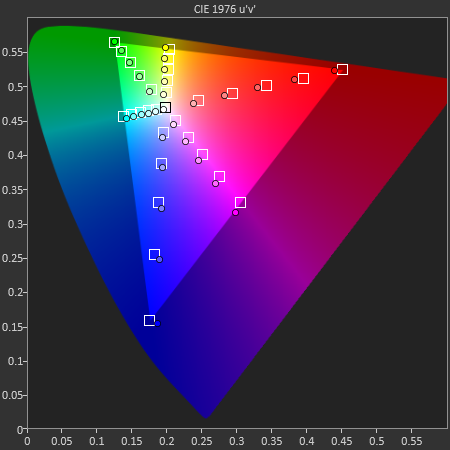
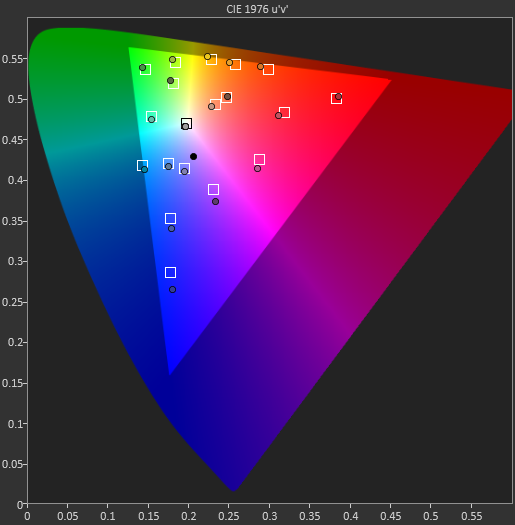
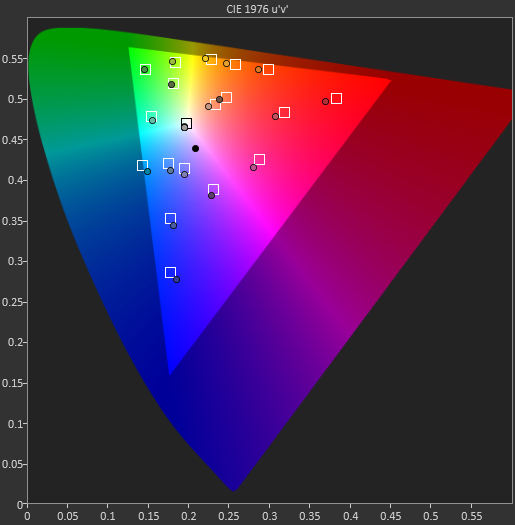








531 Comments
View All Comments
TitaniK - Friday, November 13, 2015 - link
I used to be so pro android and have tried all main phones on the market; Samsung 3&4, note3,4, htc one m7, nexus 4. I need my phone constantly mainly for business as well as pleasure and at the end, i surrendered to Apple product; so reliable, fast and just clean. It's just a well tuned machine. I compare it this way; android is the NASCAR of mobile devices where Apple is Formula 1. Cars go very fast in both organizations but the Formula 1 machines are simply finer tuned and polished machines.10basetom - Sunday, November 8, 2015 - link
Even though my last two phones have been Androids, I would have to agree with the reviewer's assessment that Android phones have been, more or less, a zero sum game. You can call me jaded, but there's not a single Android phone in the past year that has gotten me truly excited, maybe with the exception of potentially cheaper (relative to YotaPhone 2) dual screen phones coming out of China that would change how you use a phone on a daily basis. PDAF, laser autofocus, and RAW support are nice specs to have for a limited group of photography aficionados, but I don't consider them real innovation in the overall user experience department. Most consumers (i.e., non-geeks) who use phones to take everyday photos will not notice -- or even care -- whether their phone has PDAF or not; and for people who want to take frameable photos, they would probably do so with a tripod and DLSR rather than a mobile phone. Besides, the cameras in the iPhone 6s' are nothing to laugh at.When I think of progress in mobile OS usability, it would have to be something that gives the end user more pleasure in using it, or increase their productivity in a measurable way (e.g., less time in doing something, fewer taps). Maybe I've just been using Android for too long, but there is nothing in Lollipop or what I've seen of Marshmallow that makes me stop and silently shout "damn, that is impressive!". Sure, the interface is a little more streamlined with enhanced jazzy animations (that I turn off anyway to improve performance), and some new iterative features sprinkled here and there, but nothing revolutionary. It's unfortunate that most Android phone manufacturers build a custom skin on top that more often than not makes the phone less usable and more buggy, and also more confusing when you move from one Android phone to the next.
The WinCE-based Neno OS that introduced a 100% swipable interface and weaned people off the stylus two years before the original iPhone -- that's way into revolutionary territory. The pulley menu system in Sailfish OS -- now that's something refreshing. It may not be everybody's cup of tea, but at least they are trying something different, and when you do get used to it, it really does improve one-handed usability. The 3D Touch interface in the new iPhones? Now that's bordering on revolutionary. Again, it may not seem apparent when you first use it, but after living with it for an extended period of time until it becomes habit, you would be hard-pressed to go back to a mobile phone without a pressure-sensitive touch layer. The exciting thing is that we are just scratching the surface of what 3D Touch can bring; and the module could be made thinner and lighter so that future iPhones won't get such a large weight bump.
Other than the superior A9 SoC which has already been widely discussed, the other big thing for me that Android phones have been dropping the ball on is storage architecture. Whereas most Android phones are still advertising eMMC 5.0 storage solutions, the iPhone 6s' have moved way beyond that. Samsung's move to UFS 2.0 is a step in the right direction, and I hope all other Android phone manufacturers will follow suit soon.
dusszz - Monday, November 30, 2015 - link
I've been a long time android user seriously thinking of switching to iphone. Android OS in general is not meant for high end devices because prior to nexus 6p, android is designed for nexus phone which is not a high end devices. The high end iteration of android as in galaxy s6/note 5 with skins feel fragmented and does not really in line with what google intended (material design). Sure they add features with that but it felt like they (high end oem) trying too hard to compete. I always feel the best android devices must come from nexus line but then it does not quite there at least just yet. Every innovation in android OS always feel like it is in beta because the implementation more for marketing rather than useful. For example, nexus 5 has OIS since 2013 but does not feel it has advantage over other phone that has EIS. Furthermore, decision google made to ditch OIS (nexus 6p/5x) further clarify it. I personally never have android phone for more than a year without feeling outdated in term of hardware. So if you think you buy $500 android phone thinking it can compete with iphone, its going to be disappointing. Android is at its best being a midranger.hans_ober - Monday, November 2, 2015 - link
at last!vFunct - Monday, November 2, 2015 - link
I wish he took proper photo tests.Tip: when testing cameras, do make sure to take photos of people. Don't take photos of brick walls.
You're going to find that most people take photos of people with their phones - at parties, selfies, etc..
A good camera test always includes people shots.
vFunct - Monday, November 2, 2015 - link
Basically you're looking for skin-tone reproduction quality.Klug4Pres - Monday, November 2, 2015 - link
I wonder if next year the Home button will disappear, which would help a lot with the bezeltastic design.zeeBomb - Monday, November 2, 2015 - link
That username...lol.I dunno man, the home button is the staple of iPhone Design since the very original. Might be pretty controversial if you'd ask me.
KoolAidMan1 - Tuesday, November 3, 2015 - link
The fingerprint reader is another big reason. If they can get it to be as fast and accurate as it is right now while reducing home button size then I can see them reducing the bottom bezel.Otherwise you're looking at making their fingerprint reader as flaky and undependable as Samsung or everyone else's
Tetracycloide - Tuesday, November 3, 2015 - link
The nexus 5x has been super solid.